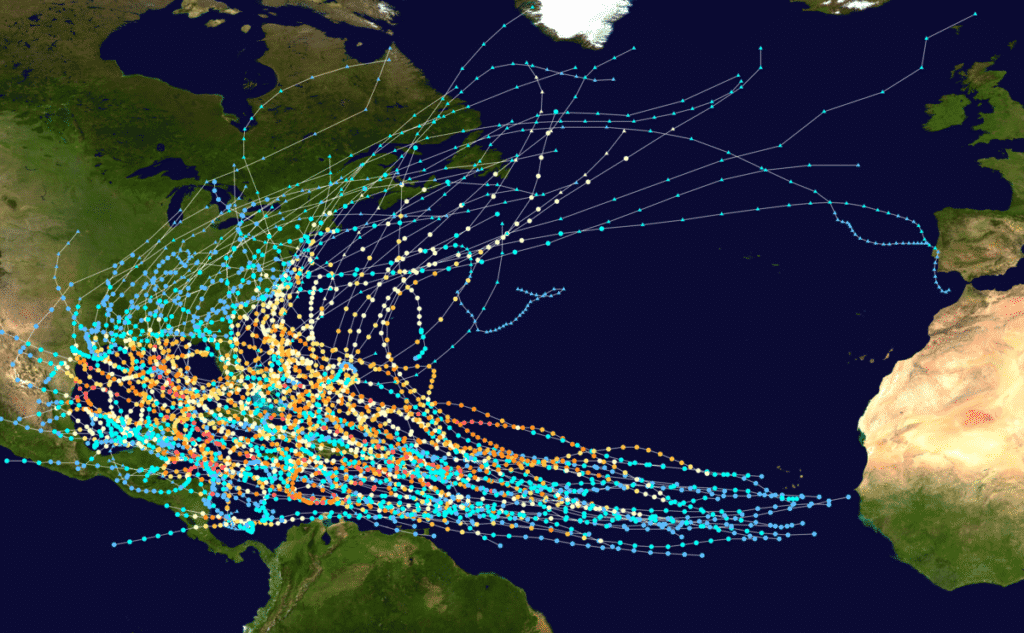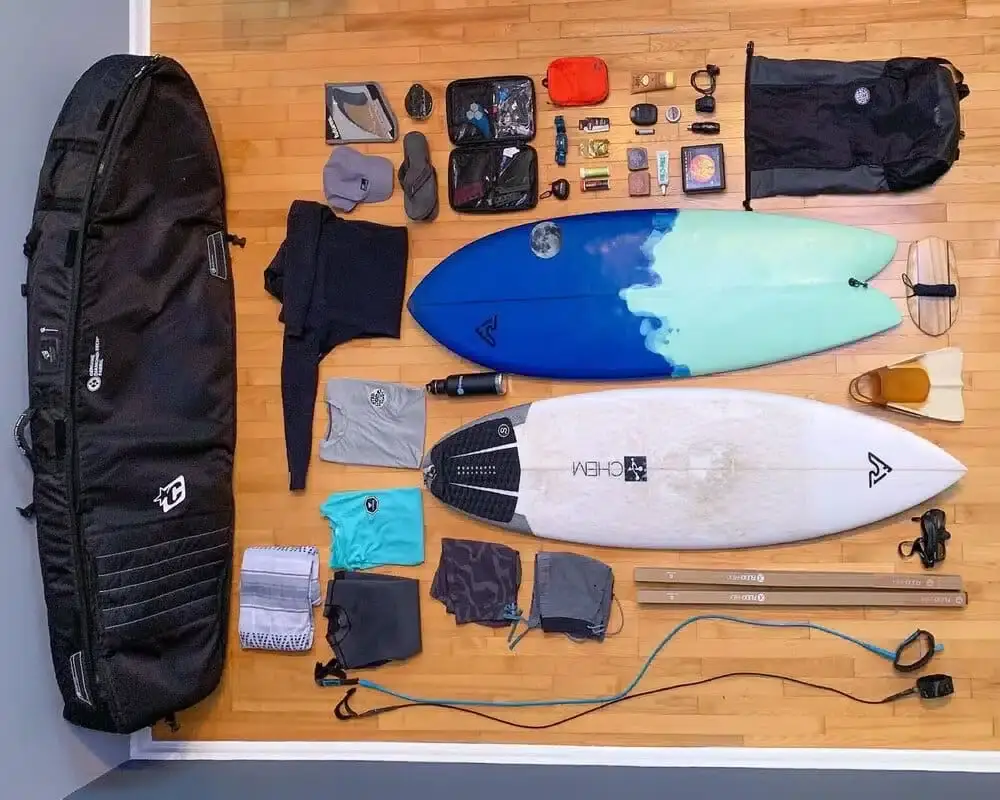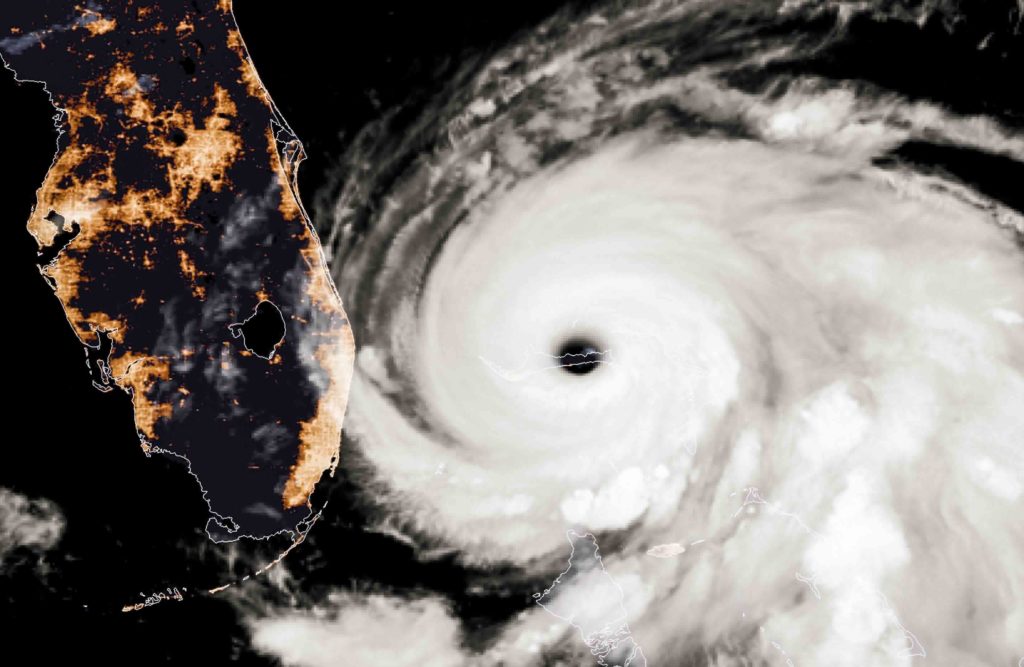
Remember, if you’re crazy enough to paddle out during these storms, practice extreme caution as these are not your typical swell events along the East Coast. Yes, Hurricanes create waves, but anyone chasing these storms should be aware of long-shore currents, multiple swell periods, rouge sets, and floating debris. In fact, the Get Out & Surf Podcast crew had an episode about their experience surfing hurricane swells. So with all the hurricane talk, we’d like to tackle the question that’s on everyone’s mind:
Are there Hurricanes in Costa Rica?
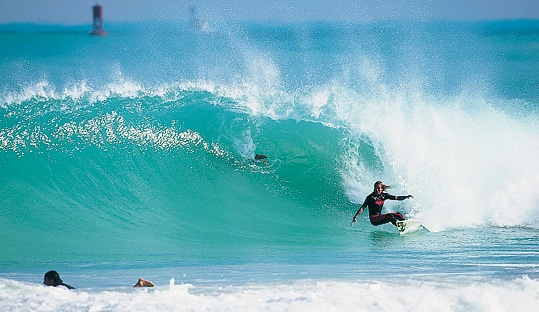
September is the official peak of hurricane season in the Northern Hemisphere. If you want to get more specific, Sept 10th is the exact day when we’re most likely to have an active hurricane spinning in the Atlantic basin. Even with all this tropical activity, somehow Costa Rica is spared year after year from a direct landfall. Many of us remember the (almost) historic Hurricane Nate in October of 2017 which brought heavy rains and winds across the northern region of Costa Rica. Even though parts of northern Costa Rica experienced Category 1 hurricane force winds, Hurricane Nate officially made landfall (the location where the eye of the storm first strikes land) along the Caribbean coast of Nicaragua, not Costa Rica. In all of recorded history, a Hurricane has never actually made direct landfall on Costa Rican territory. This was a freak event.
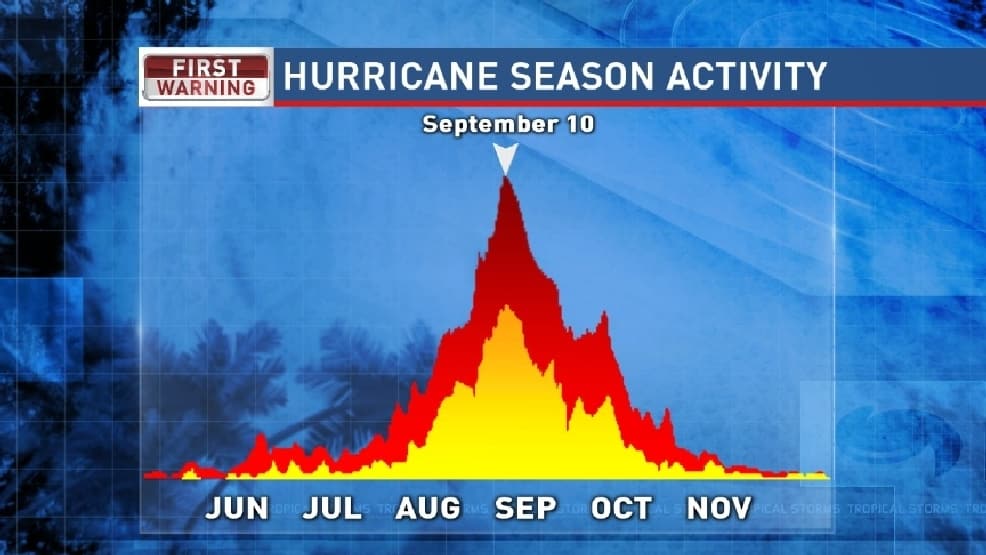
Yes, September and October are Costa Rica’s rainy season with many tropical waves passing over the country, but there are still reasons to visit Costa Rica this time of year. The mountainous terrain through the center of Costa Rica prevents many tropical waves from reaching the flat lands of Guanacaste in the North-West region where Tamarindo is located. On a typical rainy season day, you can expect blue skies in the AM hours followed by intermittent tropical downpours in the afternoon. Interested to learn more? Here is an in-depth look at Rainy Season in Costa Rica.
No Hurricanes in Costa Rica? How is this possible?
How's this related to hurricanes in Costa Rica?
Well, the center of a hurricane has very low pressure that the high pressure around it is trying to fill. This constant balancing act on Earth between high and low pressure is called wind!. As the wind travels above the surface of the Earth towards the low pressure core of the hurricane (the eye), the wind is always being slightly deflected (like the plane in the above example) giving the storm its signature spinning shape.
Sitting comfortably about 8 degrees north latitude, Costa Rica is too close to the equator for the Coriolis Effect to come into play. In fact, between 10° south latitude and 10° north latitude, hurricanes are practically unheard of because the Earth is simply too flat for the wind to be deflected from its destination and create a spinning low pressure system. And with Costa Rica’s northernmost border sitting at 9.55° north latitude, Costa Rica has been graciously spared from every direct landfall on records. Here’s an image of hurricane tracks in the Atlantic from 1980-2018.
